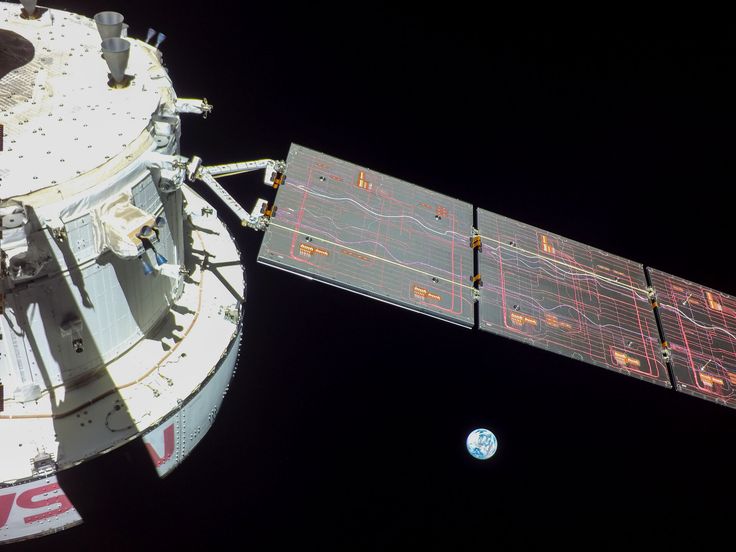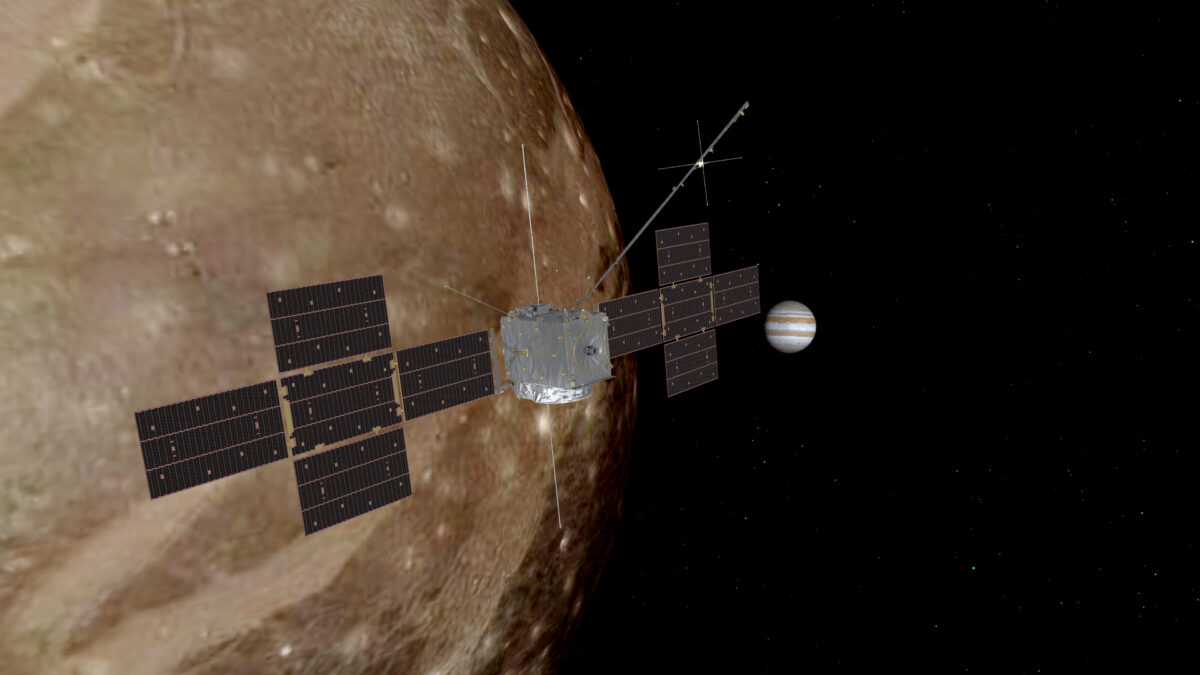Introduction to NASA’s Mission
For the umpteenth time, NASA takes the bold step-this time towards investigating life-supporting conditions on one of Jupiter’s icy moons. Science has long thrilled by the idea of some places where life might exist beyond Earth. May it be at last, after all these years, the turn of the keys?. With the technology that is advanced, NASA will explore for clues under frozen surface and hidden oceans of Jupiter’s moons about one of the biggest questions from humanity: are we alone in the universe?
Why Jupiter’s Icy Moons Are of Interest
Scientific studies had long interested people to study Jupiter’s icy moons. They are interesting because they open doors into sight unseen environments which, when compared to Earth, could arguably offer similar life-supporting conditions. These moons have thick ice shells. Underneath that ice, scientists believe lie enormous oceans of liquid water, the exact hallmark of life as we know it. The notion that such moons could be habitable, given their distance from the sun, defies the current understanding of where life can thrive.
A Closer Look at Europa

Among the most promising moons of Jupiter is Europa. Scientists have been drawn to the attention of Europa because it has a smooth ice surface indicating that there is a subsurface ocean. Scientists believe that beneath its icy crust lies a deep ocean, possibly double the total oceans of Earth. This makes Europa a prime candidate for exploration. In its turn, NASA’s spacecraft will study the composition of ice, search for geysers, which are structures that may spout water from the ocean below, and study the ability to support life on the moon.
Habitability Potential of Icy Moons
Why these ice worlds, and Europa in particular? Scientific reasoning is based on three main ingredients for life: liquid water, an energy source, and organic compounds. That’s probably enough. Europa might well have all three. But it’s not just Europa-Ganymede and Callisto, to name the others-may have conditions suitable for life. If microbial life can survive under such conditions, our whole biology might have to change overnight.
NASA Spacecraft: Design and Technology
The NASA spacecraft is designed for this mission only with the most advanced technology ever sent to an outer planet. This advanced spacecraft would open up the icy surfaces and hidden oceans in ways never attempted before.
Instrument on Board
The spacecraft on board carries a wide variety of high-tech instrumentation designed to probe the surface, detect chemical signatures, and analyze potential biosignatures. In addition, ice-penetrating radar will map the thickness of the ice shell on Europa, spectrometers will be used to detect the chemical composition, and cameras will capture high-resolution images of the terrain.
Launch Details and Timeline
The spacecraft is to be launched on a powerful rocket; its journey takes years to reach the space system of Jupiter. It then enters into a tight orbit around Europa, does multiple flybys, and does long-term analysis. In this regard, the mission is distributed over the next decade, and the result might change the understanding of habitability in the cosmos.
What Scientists Hope to Discover
But at the heart of this mission is one paramount objective: find the evidence that life conditions might exist. Liquid water, energy sources, and organic compounds would be considered signs that indicated there was some possibility for life. Let’s get into it deeper.
Liquid Water
Water is life, and without it, there can be no life at all. If it is liquid, then such oceans underneath the icy surfaces of Europa and its sibling moons open up some fascinating possibilities for life. Even if there isn’t any life, looking for conditions that could make such exist with potential for life under their icy surfaces will be very groundbreaking.
Other Key Elements
Besides water, it will seek hot spots, which might be volcanic or hydrothermal; these might provide the energy for sustaining life. In any case, the more important discovery would be of organic compounds—the very complex molecules which are the main components of life—confirming once again a possible case for habitability.
Challenges in the Exploration of Icy Moons
Nothing is easy. Two moons of Jupiter pose a problem. By means of exploration, establishing the presence of life in them is close to impossible.
Extreme Environments
Around Jupiter and its moons, the environment is extreme. Extreme cold, the levels of radiation that would fry electronics in a nanosecond, and the thick ice layers all pose impossible challenges for NASA’s spacecraft. Yet NASA has carefully designed the spacecraft to survive these extremes.
Distance from Earth
The other big problem is the tremendous distance from Earth when our astronauts are on a space mission. Jupiter is several hundred million of miles away from the Earth, thus an interaction with the spacecraft will, therefore, be significantly time-bound. It is not going to be possible to command and control the mission in real time, therefore the concept vehicle would have to be highly self sufficient responding only to a set of pre –programmed commands.
The Potential for Life Beyond Earth
What does NASA do if its spacecraft discovers life-supporting conditions—or even evidence of life itself? It will be a millennium discovery. Scientists will compare life on Europa and life on Earth, answering the question of how life begins and whether it can exist and thrive in extreme conditions. Even if no signs of life would be detected, it would already be enough to initiate a new wave of exploration and research into other icy moons in our solar system and further afield.















